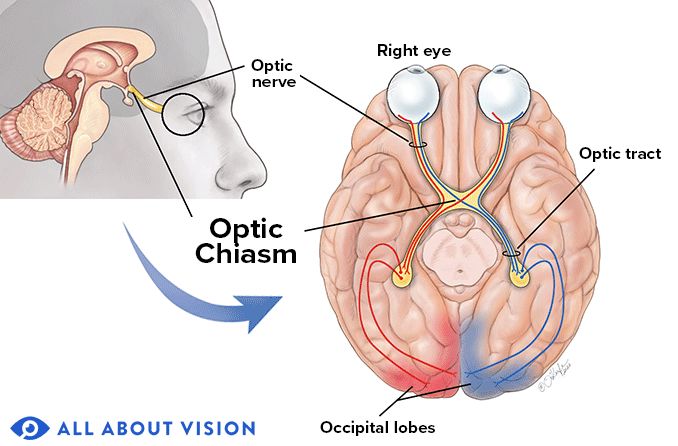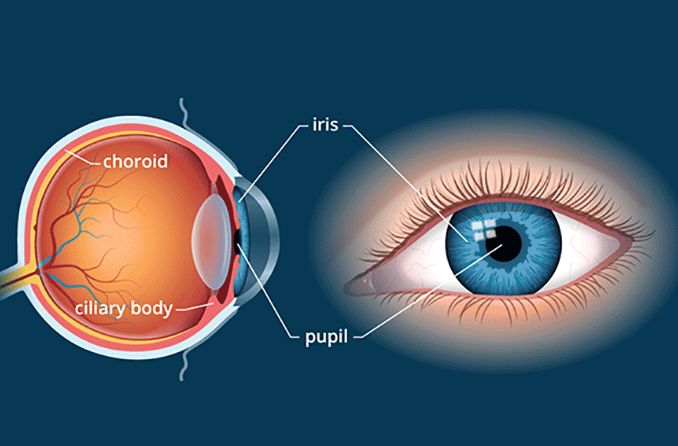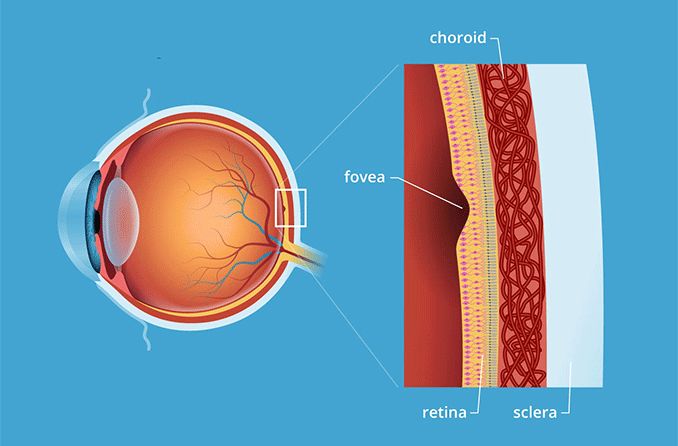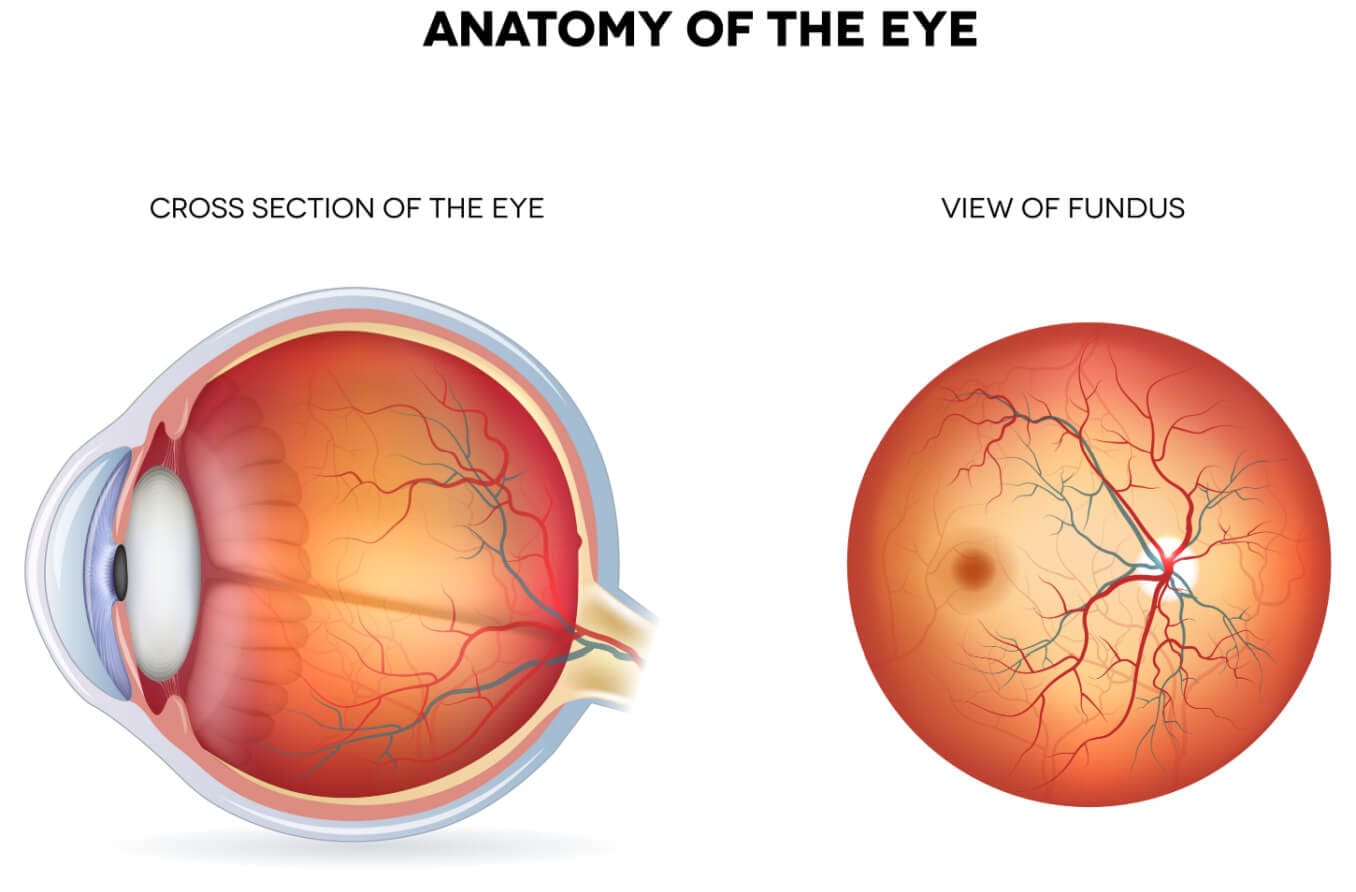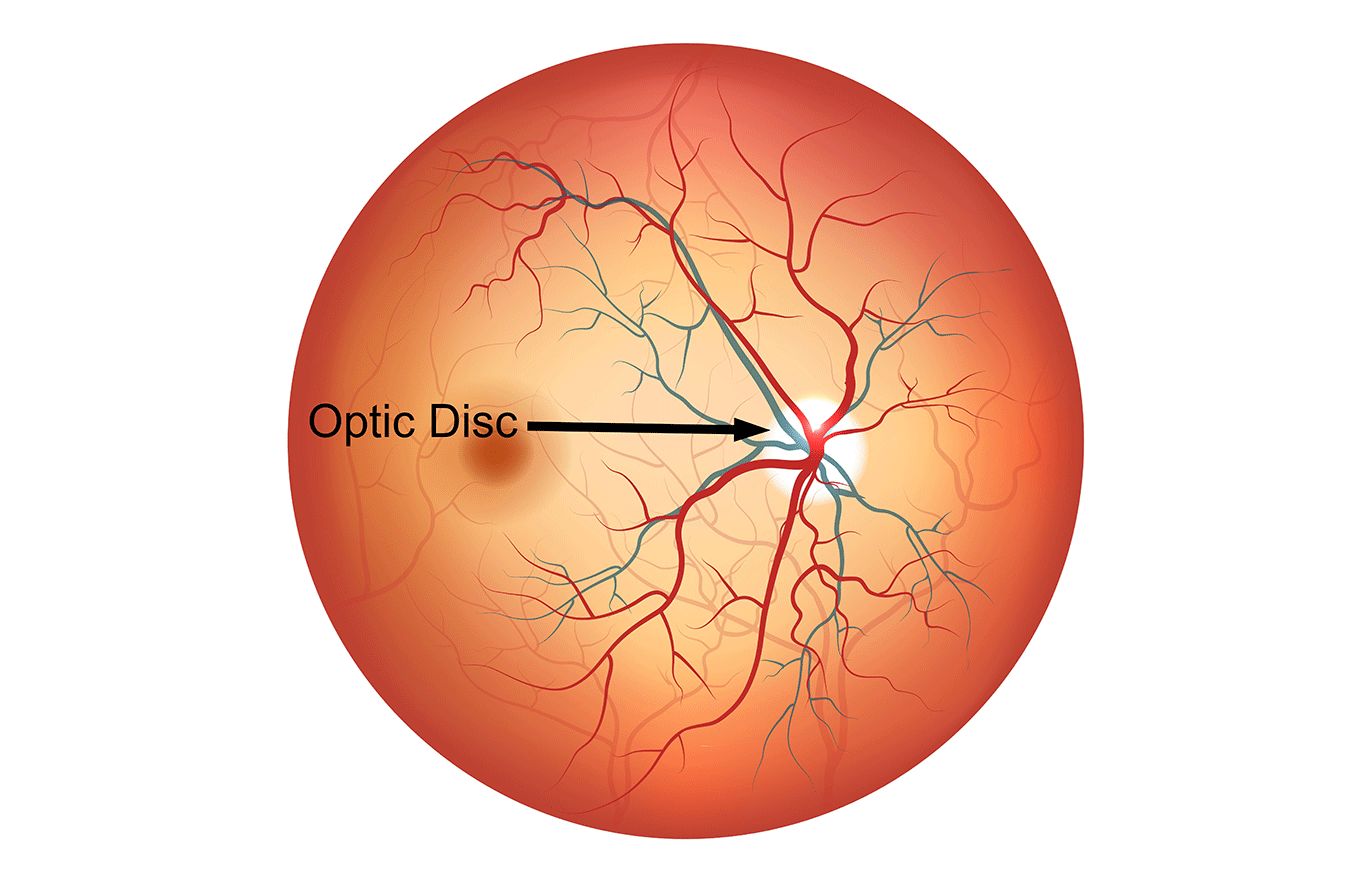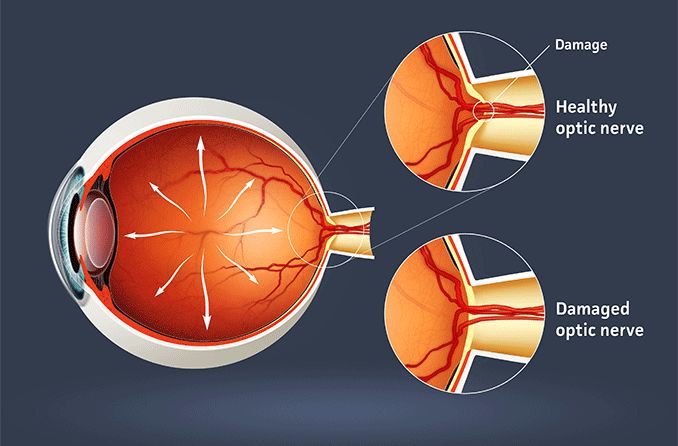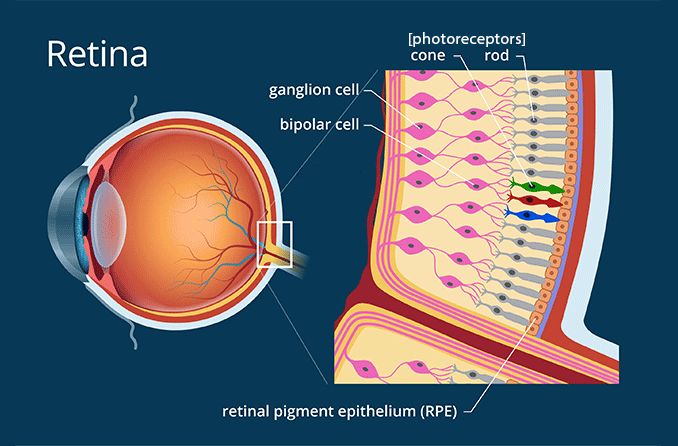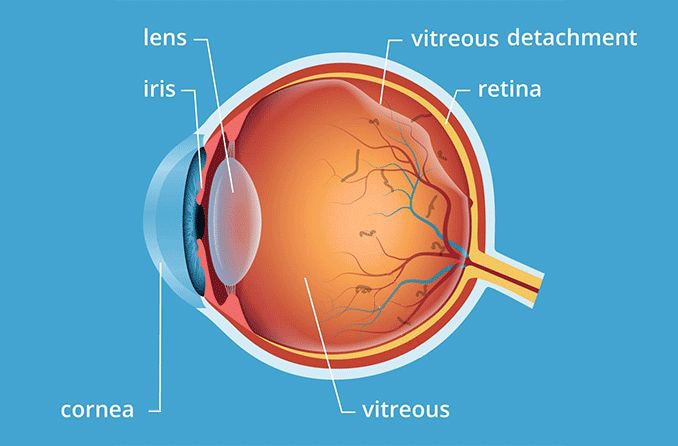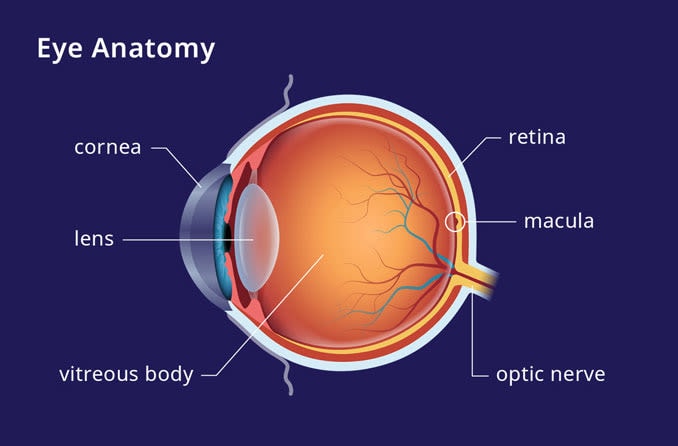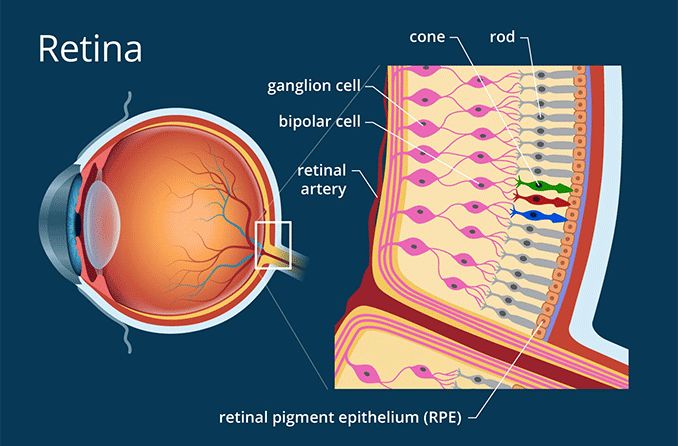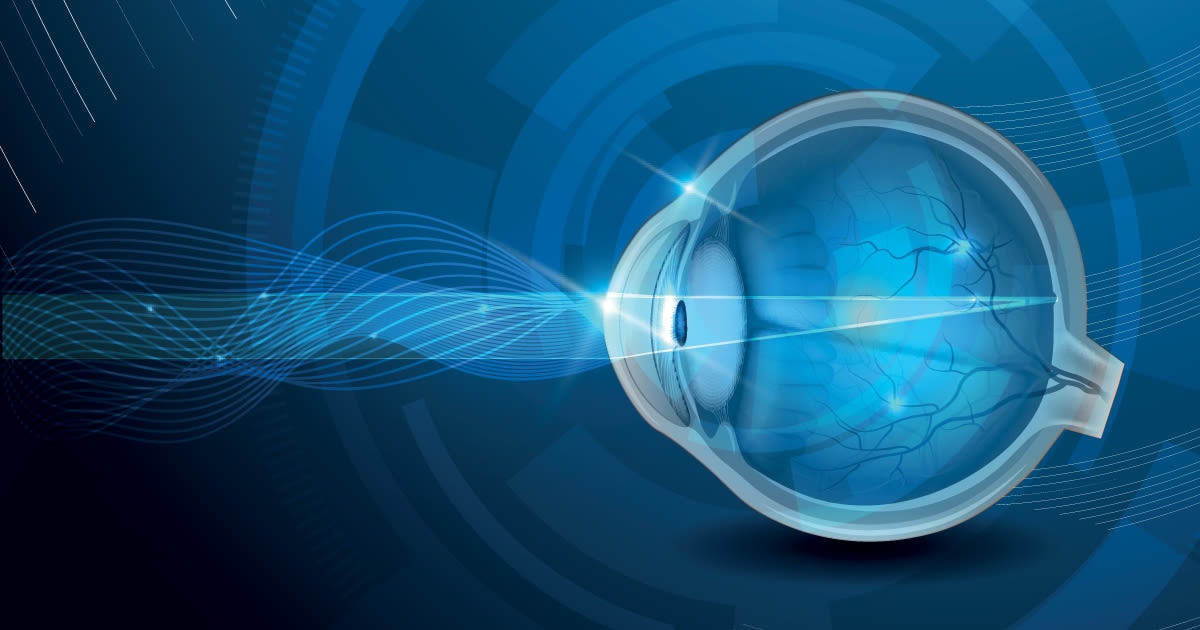Optic chiasm location and function
The optic chiasm is located in the front part of the brain. It lies directly in front of the hypothalamus, the part of the brain that controls body temperature, hunger and mood.
Long, threadlike nerve fibers, called axons, come together from the retinas to form the optic nerves of each eye. Once the optic nerves meet at the optic chiasm, axons from half of each retina cross over to the opposite side of the brain. The axons from the other half of the retina remain on the same side of the brain.
After the partial crossover of nerve fibers at the optic chiasma, the resulting two bundles of fibers are called the optic tracts. Each optic tract contains nerve fibers from both eyes — parts of the retina that correspond to specific parts of the visual field. The optic tracts then relay this “binocular” information to the visual cortex of the brain.
